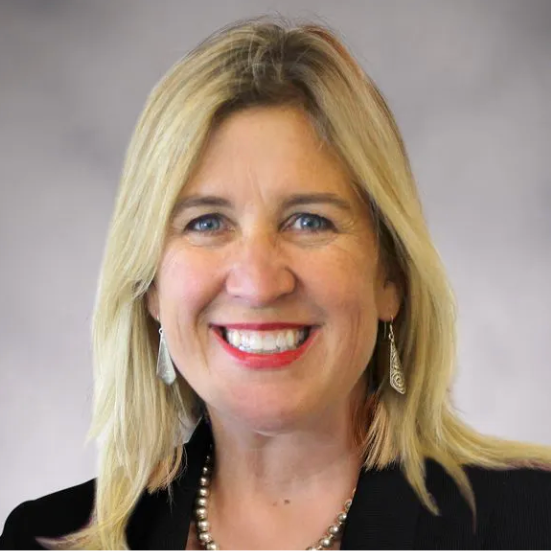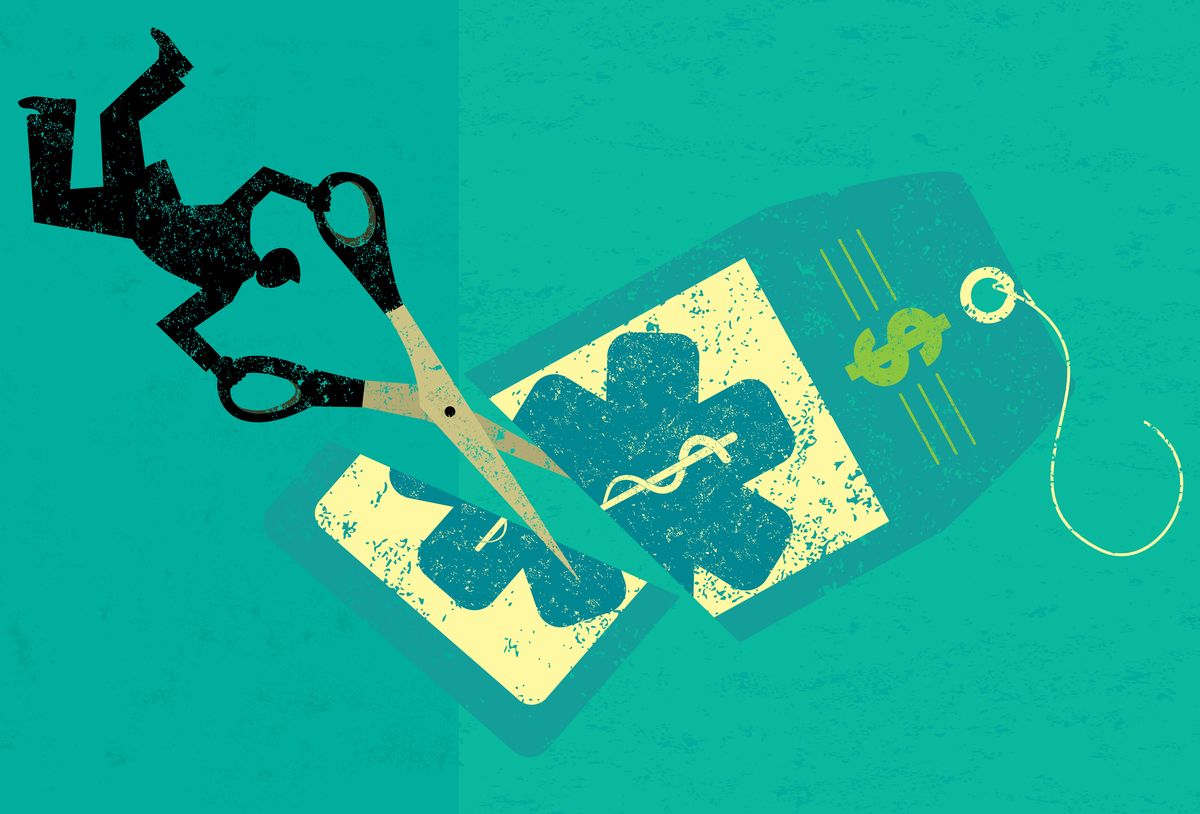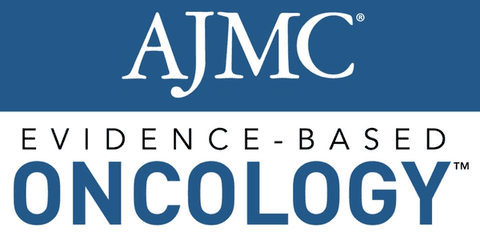Article
Misconceptions About Palliative Care and Hospice Remain
Author(s):
Years after the country was sent into a tizzy over the fear of "death panels," there has been an enormous growth in palliative care in the United States, although it and hospice care are still very misunderstood by patients, said speakers at America's Health Insurance Plans' National Conference on Medicaid.
Years after the country was sent into a tizzy over the fear of “death panels,” there has been an enormous growth in palliative care in the United States, Russell Portenoy, MD, chief medical officer of MJHS Hospice and Palliative Care, and executive director of the MJHS Institute for Innovation in Palliative Care, said at America’s Health Insurance Plans’ National Conference on Medicaid.
During the “Medicaid and Palliative Care” session at the day-and-a-half conference held October 21-22 in Washington, DC, Dr Portenoy outlined what palliative care was, what it wasn’t, and hospice care at MJHS. He was followed by Leslie Piet, RN, MA, CCM, CHPN, a transition guide at Johns Hopkins Home Care Group, who discussed the program she created.
In the US, which is not necessarily true in the rest of the world, there has been a concerted effort to separate generalist-level palliative care from specialist-level palliative care. The latter tend to focus on those patients with short life expectancy because that’s where they are needed most. Also, he said the bias against palliative care and its connection to end-of-life care means referrals happen very late in care.
Hospice care has also had a rough go. Although it has been around since the late 1908s, “it’s one of the most misunderstood benefits,” according to Dr Portenoy.
Many people don’t realize that hospice is a federal entitlement program created to provide specialist palliative care services in the home for patients with limited prognosis. However, many providers find it difficult to have hospice discussions with patients for fear that it might make patients lose hope.
“Unfortunately, even though it’s a highly successful program … it is characterized by late referral with enrollment less than 20 days and many patients die without receiving the benefit,” Dr Portenoy said.
In reality, it’s simply a benefit that Medicaid patients are entitled to and in addition, everything is free in the program, he said. In order to be eligible for the program patients have to have a life expectancy of less than 6 months; they can receive disease-modifying therapy as long as it is in scope and does not prolong prognosis beyond 6 months; and the patient must elect the benefit.
MJHS initiative its hospice and palliative care program in 2010 and has served 1700 patients. A study looked at 100 of these patients and 6 months prior to referral to the program and 6 months after referral and there was an 87.5% reduction in the hospitalization rate.
At Johns Hopkins, Piet became involved in setting up a program as well, this one all about helping patients close relationships and providing patients with the ability to die in a preferred setting.
“One of the things we don’t talk about … what we need to talk about more is: what is the patient afraid of when dying,” she said.
Studies show there are a number of consistent fears: abandonment/isolation; being a burden; the unknown; the afterlife; pain and suffering; unfinished business; being buried alive; financial concerns; and legacy issues. In addition to being able to help with all of these, the program employs the “4 things that matter most,” which was created by Ira Byock, MD. The 4 things are important in everyday relationships, but are especially important for patients with a serious illness. It entails saying 4 things to people in their lives: please forgive me; I forgive you; thank you; and I love you.
The Omega Life Program employs the use of the 4 things that matter most, as well as discussing fears with patients, and helping close relationships. A study looking at medical assistance for patients in the Omega Life Program versus patients not in the Omega Life Program found that those in the program spent more time in hospice (roughly 2 weeks more) and had fewer deaths in the hospital and more in their preferred location.
Some of the things Piet learned from the program was the importance of eliciting the patient’s and the family’s goals of care and life and the value of planning ahead and providing support through the continuum of care, even after treatment is over.
Piet is no longer working with the program, but the next steps include: developing a measure of patient goals; an education program on how to use palliative care strategies; education on death anxiety; and providing more advanced care throughout the community.





